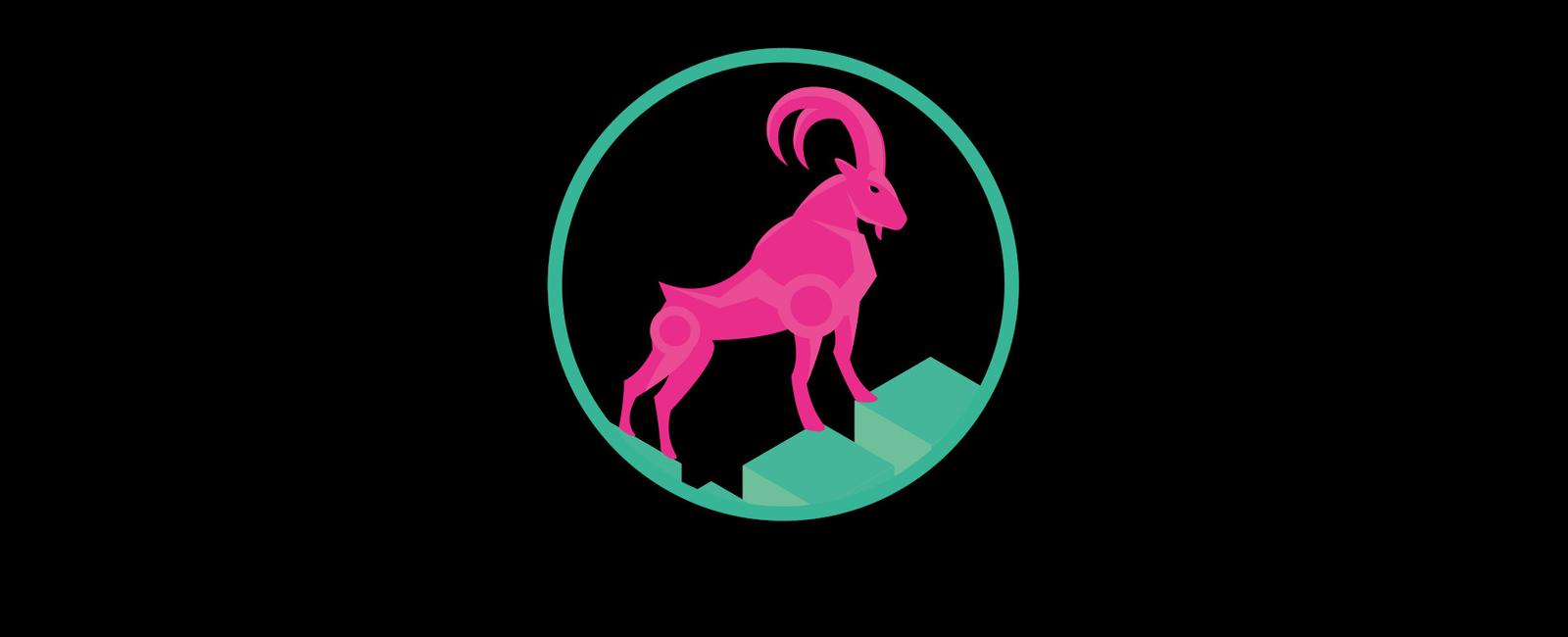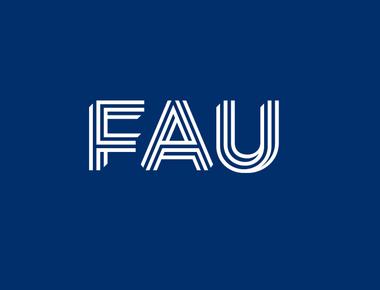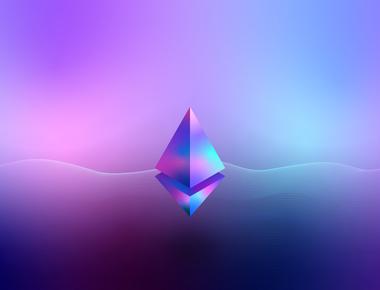
I recently wrapped up a project for onchainaustria — an Austrian node operating foundation — where I built a DAO governance system from the ground up. In this post, I’m sharing some of the technical details and design decisions behind the project.
What’s Behind the System?
Dual Coin Architecture:
The system features two distinct coins that interact through a wrapping interface, enabling flexible token exchanges within the governance framework.Robust Voting Mechanism:
Voting is managed by OpenZeppelin’s governor contract, ensuring that decisions are made transparently and in a decentralized manner.Tally Voting Platform:
I integrated the Tally.xyz platform, which offers:- A user-friendly interface for casting votes and tracking results in real time.
- Transparent governance features that build community trust.
- Seamless integration with existing smart contract frameworks, making it an excellent choice for DAO governance.
You can take a look at the onchainaustria DAO voting at https://www.tally.xyz/gov/onchainaustria-dao.
Technical Deep Dive
Smart Contracts & Deployment
- Development Environment:
I used Hardhat to streamline testing, deployment, and debugging of smart contracts. - Upgradeable Contracts:
Leveraged OpenZeppelin’s upgradeable contracts to future-proof the system, allowing iterative improvements without the need for redeployment. - Network Choice:
All contracts are deployed on the Arbitrum network, benefiting from enhanced scalability and reduced transaction fees.
Frontend Integration
- Frameworks:
The frontend is built with Next.js for optimal performance via server-side rendering, paired with RainbowKit to provide a seamless wallet connection experience. - User Experience:
Detailed information about the DAO and the wrapping process is available on the frontend at app.onchainaustria.at.
Lessons Learned
- Flexibility is Key:
Using upgradeable contracts allows the system to evolve over time as requirements change. Upgrades can be made by a successful voting on a DAO proposal. - Network Nuances:
Deploying on Arbitrum required careful consideration of network-specific details, but the benefits in scalability and cost-effectiveness made it worthwhile. - User-Centric Design:
Integrating tools like Tally.xyz not only simplified the voting process but also enhanced overall user engagement and transparency. Furthremore, Tally enabled us to finish this project much faster and easier than developing a whole dedicated voting interface. Tally’s proposal system with smart contract function calls through custom actions, enables advanced proposal features.
Final Thoughts
This project has been a deep dive into combining blockchain smart contracts with modern web technologies. Whether you’re a developer or simply curious about decentralized governance, I hope this overview gives you a clear glimpse into how these systems come together. Feel free to explore more about the project on app.onchainaustria.at.
Quick Links
Legal Stuff





